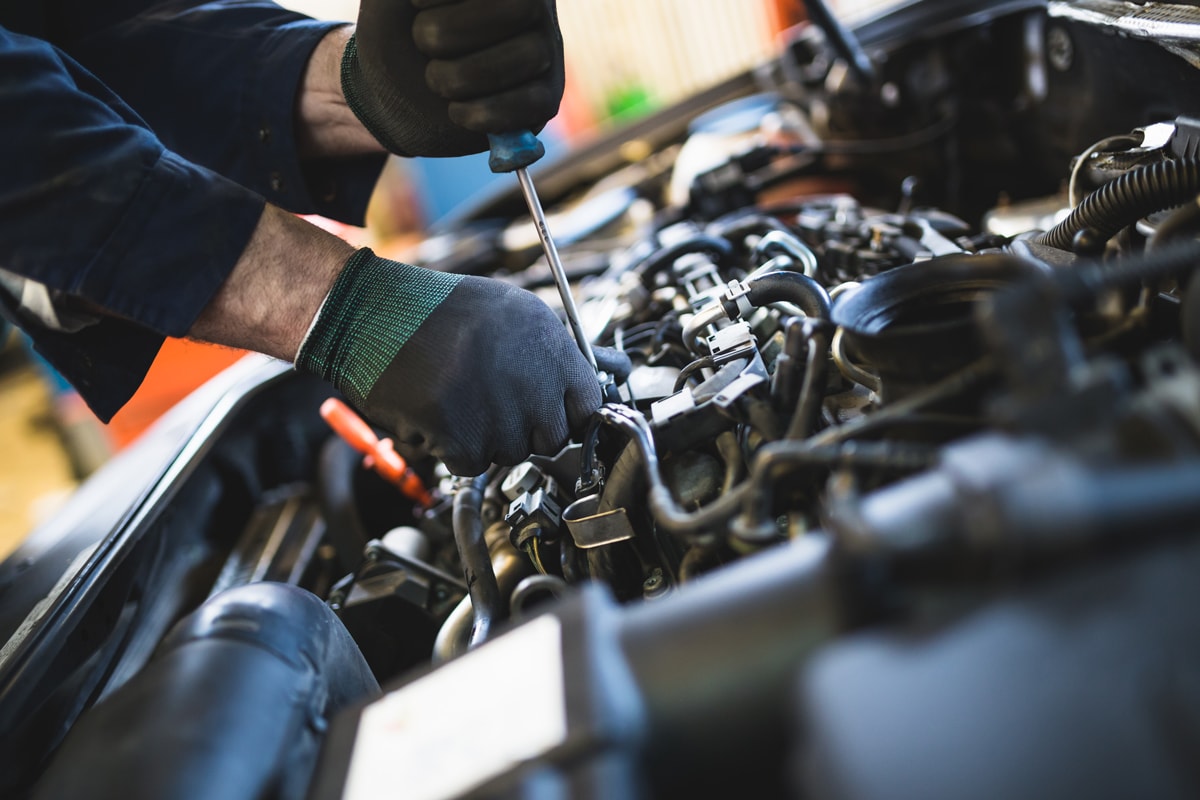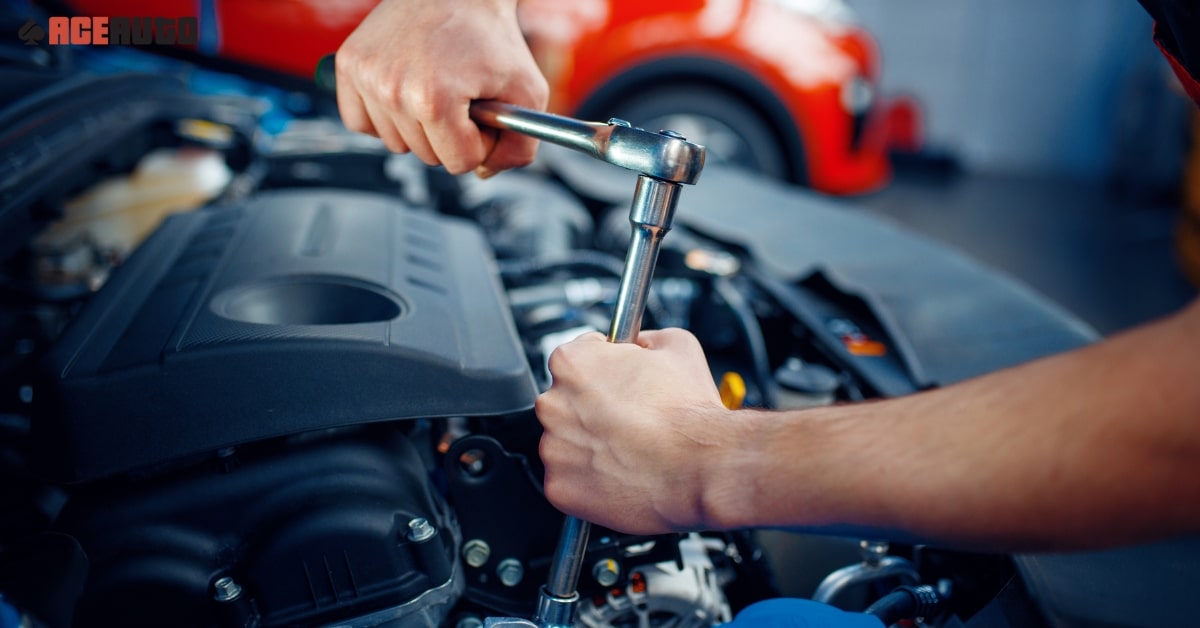All Categories
Featured

The check engine light (CEL) is among the most vital caution systems in your automobile, yet it typically triggers complication or worry for several chauffeurs. Understanding what this light represents and just how to manage it can conserve you time, cash, and unnecessary stress. This overview offers a review of what causes the CEL, its possible implications, and the steps you must take when it lights up.
What Does the Check Engine Light Indicate? The CEL becomes part of your cars and truck's onboard diagnostics system (OBD), which keeps an eye on engine performance and discharges. When the system detects a concern that requires your attention., it illuminates.
Solid Light: Signals a non-urgent problem but one that need to be addressed soon, such as a sensor malfunction or emissions-related issue. Blinking Light: Shows a vital concern like an engine misfire. Driving in this condition can create extreme damage, so instant activity is necessary. Common Root Causes Of the Examine Engine Light. The CEL can brighten for a wide variety of factors, some small and others much more serious. Here are some of one of the most frequent causes:

Loosened or Damaged Gas Cap:
A loosened gas cap can jeopardize the gas system, activating the CEL. Checking and tightening up the cap is an easy very first step when the light comes on. Faulty Oxygen Sensor:
This sensor keeps an eye on the air-to-fuel proportion in your engine. A breakdown can lower fuel performance and boost discharges. Malfunctioning Catalytic Converter:
The catalytic converter helps in reducing dangerous exhaust emissions. Overlooking other engine concerns, like misfires, can bring about catalytic converter damages. Ignition System or Ignition Coil Issues:
These elements are essential for beginning and running your engine smoothly. Normal maintenance can stop wear and failure. Mass Air Flow Sensor Issues:
This sensing unit gauges the quantity of air going into the engine to make certain optimum efficiency. A defective or dirty sensor can lower performance and power. Actions to Take When the Inspect Engine Light Comes On. Inspect the Gas Cap:
If the light turns off after driving a couple of miles,Tighten up the cap and see. Observe the Automobile's Behavior:
Keep in mind any type of unusual signs and symptoms like rough idling, minimized power, or odd noises. Scan the Codes:
Make use of an OBD-II scanner to fetch trouble codes kept in your auto's computer system. Numerous automobile components shops offer this service completely free. Go To a Mechanic:

If the light continues to be on or is blinking, take your vehicle to an expert for an in-depth medical diagnosis. Protecting Against Inspect Engine Light Issues. Proactive upkeep is the very best way to stay clear of CEL troubles. Follow these ideas:
Stick to a Regular Maintenance Schedule: Adjustment your oil, change filters, and check ignition system promptly. Examine the Gas Cap: Change harmed caps to stop leaks in the fuel system. Usage Top Quality Gas: Poor-quality gas can add to sensing unit and emissions issues. Why Prompt Activity Issues. Neglecting the CEL can lead to extra extreme issues, such as engine damages or costly fixings. If ignored., a little issue like a loosened gas cap can snowball right into a significant cost.
Verdict. The check engine light is a necessary tool for keeping your vehicle's health and wellness. By understanding its purpose and reacting without delay, you can avoid unnecessary repair services and maintain your automobile running efficiently. The following time the CEL begins, remember to remain tranquil, inspect the basics, and speak with a professional if required.
Latest Posts
Add Comfort and Personality to Your Home with Location Rugs
Published Apr 19, 25
1 min read
Fashionable Comfort Starts from the Ground Up
Published Apr 19, 25
1 min read
Inquire for Your Desire Event at Fun City Hotel
Published Apr 19, 25
1 min read